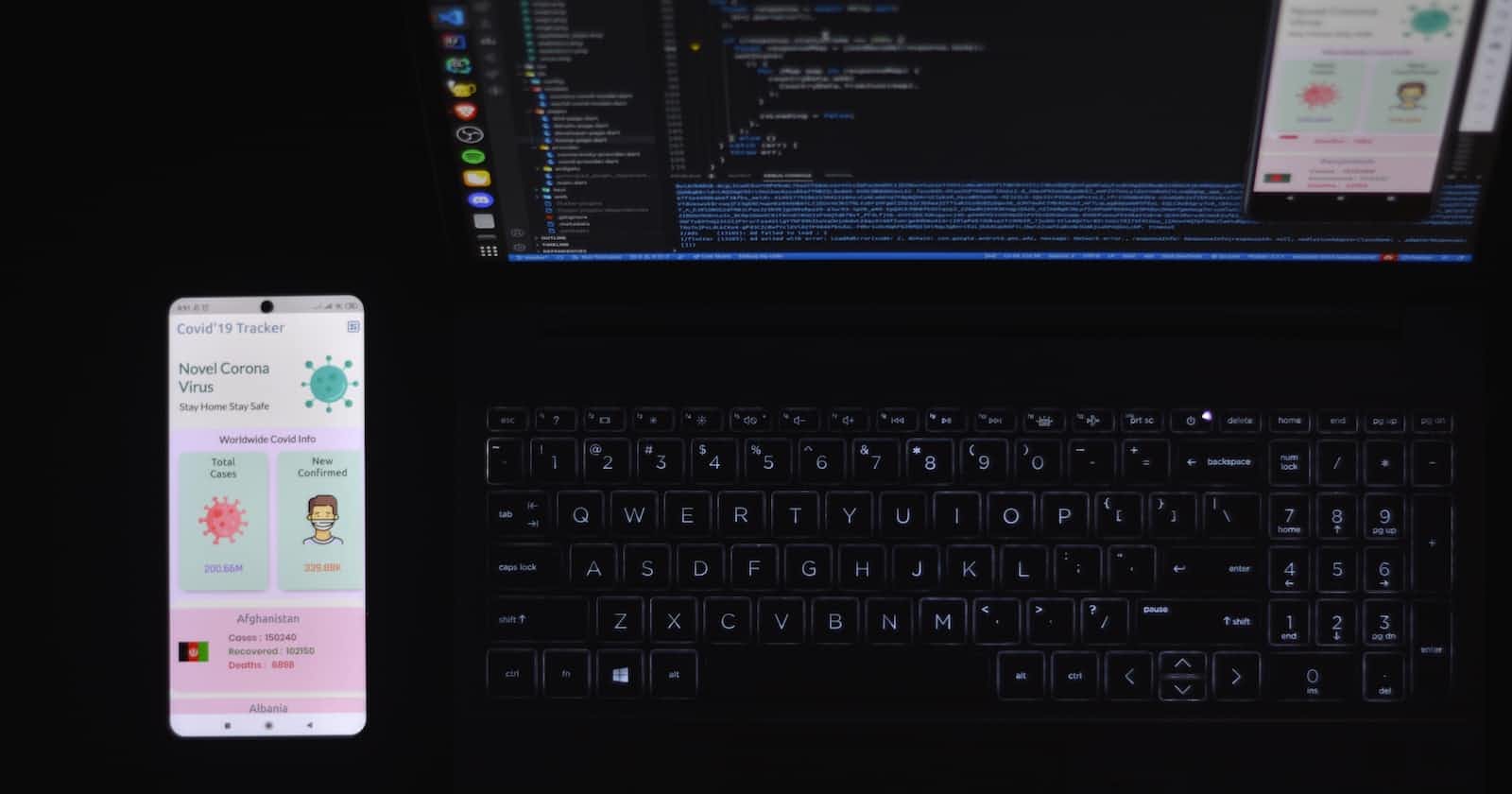Hi All,
This week we will be discussing API Documentation and how to make it User freindly.
API documentation is an essential tool for any user of an application programming interface (API). However, not all users may be on the same technical level. Therefore, writing documentation that is accessible to non-technical users is crucial. In this blog post, we will discuss how to write API documentation for non-technical users.

1. Start with the Basics When writing API documentation for non-technical users, it is essential to start with the basics. Provide a clear, concise definition of the API and explain what its main purpose is. Avoid using technical jargon, as this may be confusing to non-technical users.
Additionally, make sure to include information about the different APIs available and explain what each API is used for. By providing a clear overview of the API and its purpose, users will have a better understanding of how to use it.
2. Use Clear Language and Avoid Jargon
When writing API documentation, it is essential to use clear language and avoid jargon. Non-technical users may not be familiar with technical terms or acronyms commonly used in software development, so it is vital to use simple language that is easy for anyone to understand.
For example, instead of using technical terms like "endpoints" or "parameters," use more straightforward language like "URLs" and "options." By using clear, concise language, users will be able to understand how to use the API without becoming overwhelmed by technical jargon.

3. Provide Visuals and Examples Visuals and examples are essential when writing API documentation for non-technical users. Visual aids like screenshots and diagrams can help users understand how the API works and what they need to do to use it.
Additionally, providing examples of how to use the API can be very helpful to users. Use simple, real-world scenarios to demonstrate how the API can be used in practical situations. This will help users understand how the API works and what they can achieve by using it.
4. Provide Clear Instructions
When writing API documentation for non-technical users, it is essential to provide clear instructions on how to use the API. This includes step-by-step guides on how to get started with the API and how to perform specific tasks.
Make sure to include clear instructions on how to access the API and how to authenticate users. Additionally, provide instructions on how to use the API's different endpoints and what parameters are required for each endpoint.

5. Break Down Complex Concepts
If you need to explain complex concepts, make sure to break them down into smaller, more manageable parts. For example, if you need to explain how OAuth works, start by providing a high-level overview of the concept and then break it down into smaller steps.
By breaking down complex concepts into smaller parts, users will be able to understand them better. This will help users feel more confident when using the API and reduce the risk of confusion.
6. Use a Consistent Structure
When writing API documentation, it is essential to use a consistent structure. This helps users navigate the documentation and find the information they need quickly. Make sure to use headings and subheadings to break up the documentation into smaller, more manageable sections.
Additionally, make sure to use a consistent format for documenting endpoints and parameters. This will make it easier for users to understand how the API works and how to use it.

7. Provide Troubleshooting Guidance Finally, it is important to provide troubleshooting guidance in your API documentation. This includes information on error messages and how to troubleshoot common issues that users may encounter.
Make sure to provide clear instructions on how to resolve issues and provide links to additional resources if necessary. By providing troubleshooting guidance, users will be able to solve problems quickly and efficiently.

Conclusion
In conclusion, writing API documentation for non-technical users requires a different approach than writing documentation for technical users. By starting with the basics, using clear language, providing visuals and examples, providing clear instructions, breaking down complex concepts, using a consistent structure, and providing troubleshooting guidance, you can create API documentation that is accessible and easy to understand for all users.
Follow me on Twitter: @CodezMikazuki
Thanks for reading, Malcz/Mika

